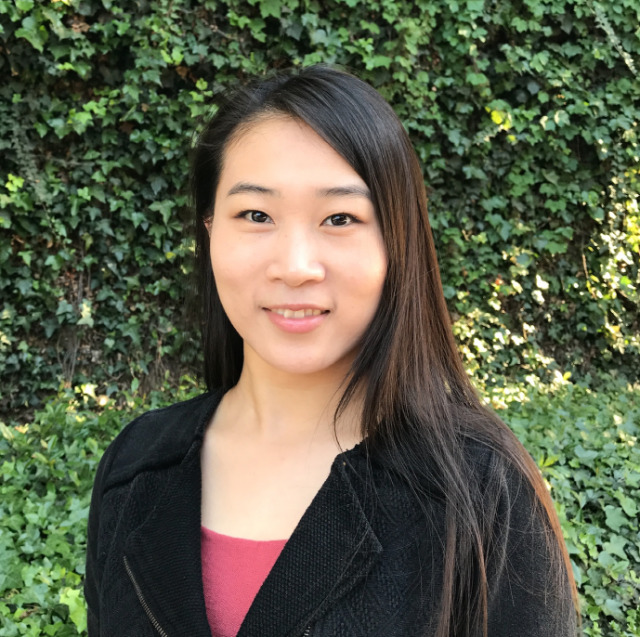
Dr. Zhi Yao
Postdoctoral researcher
University at California, Los Angeles (UCLA)
Zhi (Jackie) Yao is currently a postdoctoral researcher in the Electrical and Computer Engineering Department at University of California, Los Angeles (UCLA). She obtained the M.S. degree in 2014 and the Ph.D. degree in 2017, both from the ECE Department at UCLA. Her main work during the graduate and postdoc researches is the development of a numerical solver unifying dynamic electromagnetics (EM), nonlinear magnetic spin dynamics, and acoustics. This solver is under progress of licensing, and is the key contribution to the sustainability plan of the U.S. National Science Foundation (NSF) research center for Translational Applications of Nanoscale Multiferroic Systems.
She has received multiple academic honors, including the 1st-place Best Paper in International Microwave Symposium, IEEE Antennas and Propagation Doctoral Research Grant, Qualcomm Innovation Fellowship, etc. She intends to invest her interdisciplinary training to investigate the fundamental of wave-material interactions and how such insights inspire new electronic applications and devices.
This work is centered on using new physical coupling in potential RF devices, which includes modeling and characterization of miniaturized magnetic components in radio-frequency (RF) systems, specifically nonlinear dynamic magnetic spin oscillations interacting with EM waves. A unique numerical algorithm is developed, to predict the influence of magnetic spins on the performance of compact RF devices, including strain-mediated antennas that we proposed. Such modeling tools enable a unique ability to accurately model and design next-generation RF magnetic systems and components. The accuracy of the modeling has been validated by: 1) the nonreciprocity of an X-band ferrite resonance isolator; 2) the attenuation constant of a magnetically tunable waveguide filter; and 3) the dispersive permeability of a 2-μm-thick magnetic thin film. Time steps that are up to 5000 times larger than the fundamental numerical limit have been used in these simulations without encountering stability issues.
This model is used to further explore multidisciplinary topics involving the generation, control and detection of desired signals in novel integrated systems, and to construct a generic solver incorporating multiphysics coupling previously disregarded due to the difficulty in existing numerical solutions. This new approach includes linear/nonlinear effects from quantum to classical, nanometer to centimeter (multiscale), and DC to THz (multi-temporal), providing a pathway to engineer light-matter interaction of critical importance to future devices and computation methods. This work will create a better bridge between realistic operational aspects of devices and the potential to integrate innovatively coupled materials, such as piezoelectric and ferromagnetic/antiferromagnetic materials.